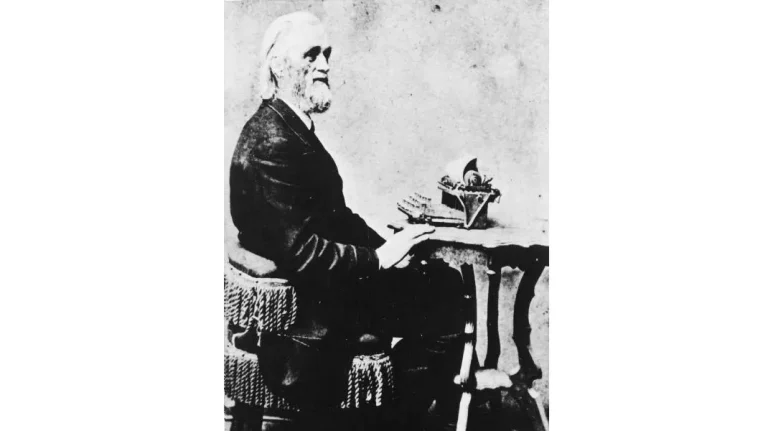You’re Fried!
How communication teams can help burned-out employees
Shelly Paxton didn’t celebrate in February 2014 when she was promoted to chief marketing officer at Harley Davidson.
“I was exhausted and burned out, and I felt guilty that I wasn’t happy in my new role,” she told Business Insider in May. “It was a marketer’s dream job, and I felt privileged even to ask, ‘Is this all there is?’”
Less than three years later, she resigned.
Today, burnout is the biggest challenge facing employees, with 49% of chief executives seeing it in their workforces, according to results of Inc.’s annual CEO survey released this month.
Job reviews on Glassdoor mentioning burnout have soared to their highest level since 2016, when the site began tracking the statistic.
This isn’t just a spike. Chronic workplace stress has been high for more than four years, wearing workers down.
Major causes of burnout in employees are out of the hands of internal communications teams. Workers who are treated unfairly, wrestle with unmanageable workloads or struggle under unreasonable deadlines are more likely to feel burned out, according to Gallup.
These causes may be out of communicators’ control, but not beyond their influence.
“Given the difficulty in reducing workloads, creating flexible schedules, and increasing compensation…, positive leadership communication can be an effective tool to reduce burnout and turnover,” according to research by Professor Amy Young at the University of Michigan Ross School of Business.
We’d add that internal comms teams can also help reduce chronic workplace stress. Here’s our four tips:
1. Assess burnout. “To tackle employee burnout, companies need to assess just how burned out their staff members are—and why,” psychologist Jennifer Cullen wrote in the Harvard Business Review. Typical flaws in engagement surveys don’t measure chronic workplace stress.
Join with human resources and other departments to look at the workplace policies and practices that contribute to employee burnout, such as incessant emails outside of business hours. Then ask about those policies in communications surveys and focus groups.
An American Heart Association survey last year identified seven policies that reduce employee burnout, some of which address internal communications. A report by the nonprofit Mental Health UK this year recommended a dozen policies that employers should adopt.
2. Communicate less. “Bombarding all employees with messages that are irrelevant to their specific roles or current tasks can lead to information overload, leaving employees feeling overwhelmed,” a top executive with intranet platform Interact Software, wrote last month for Forbes.
Thanks to tech companies, internal comms teams are good at adding communications channels, but not as good at giving them up when they aren’t working well. The tendency is to think: The company’s managers send too many emails, sure, but our newsletters are important.
Paring back the number of messages and making those messages more effective is a key outcome of an internal communications assessment. Gather the evidence to eliminate, streamline or upgrade your existing comms channels and content.
3. Coach up managers. “When managers don’t provide employees with the information they need to do their job effectively, work becomes difficult and frustrating,” Gallup says.
Murky manager messages are one of the five leading factors causing employee burnout, the polling company says.
Some managers are natural communicators, but many need training, tricks and tips. A crucial part of communication is listening, which is often overlooked when handing out talking points about the latest strategic initiative.
“Manager support is central to preventing burnout,” Gallup says.
4. Connect to the purpose. Many employees are aware that their company has some big purpose statement: They went to the town hall or watched the video. Fewer can describe it, probably because it isn’t explained.
But very few employees are typically able to say how their work contributes to the purpose , where they fit in the bigger picture.
Not knowing contributes to employee burnout, a team led by Rob Cross, a management professor at Babson College, wrote last year in the Harvard Business Review.
“Smart companies create opportunities to discuss purpose and how each group contributes to it,” they wrote.
After resigning from Harley, Paxton quit and took time off from work, which most people can’t afford. She’s now a consultant.
Employees feeling burned out are more likely to “quiet quit” or jump to a healthier workplace. And that costs companies money.
Just a reminder to CEOs to do something.
Do you see burnout in your workforce? Tom Corfman is a senior consultant with Ragan Consulting Group, which helps employers connect with their workers through communications assessments and training.
Contact our client team to learn more about how we can help you with your communications. Follow RCG on LinkedIn and subscribe to our weekly newsletter here.






